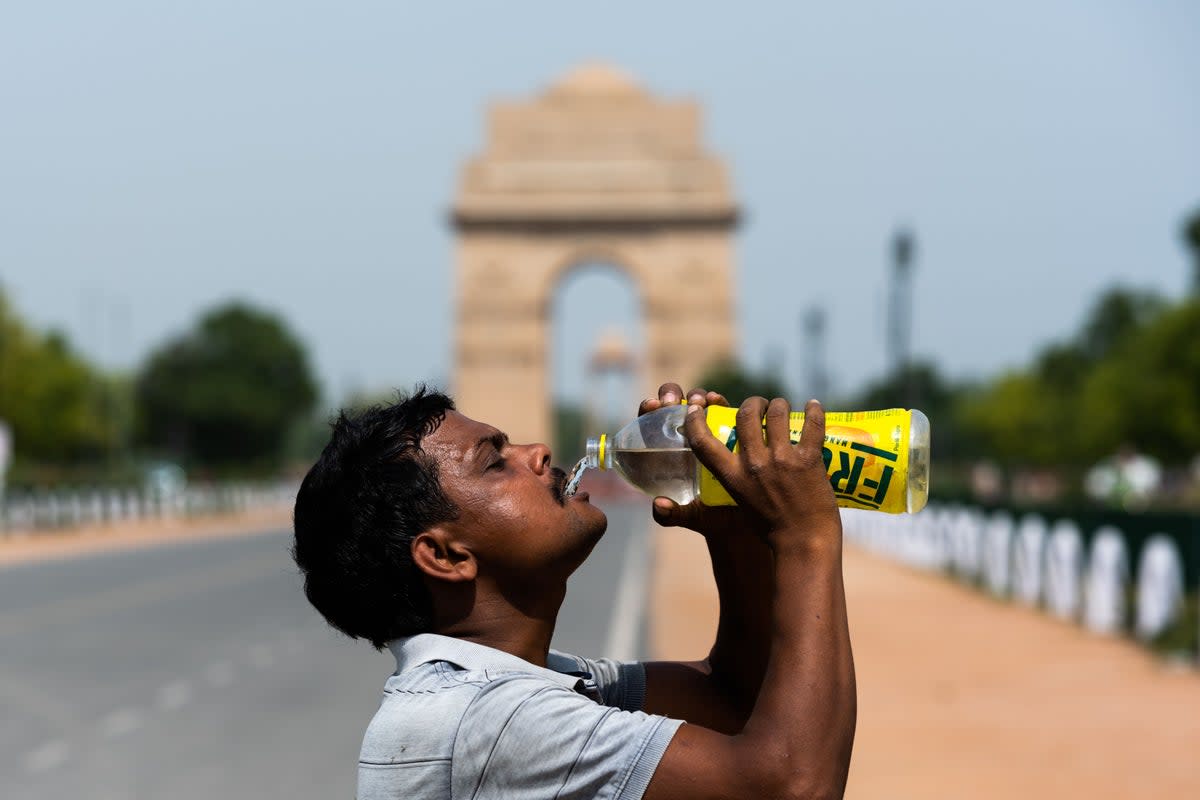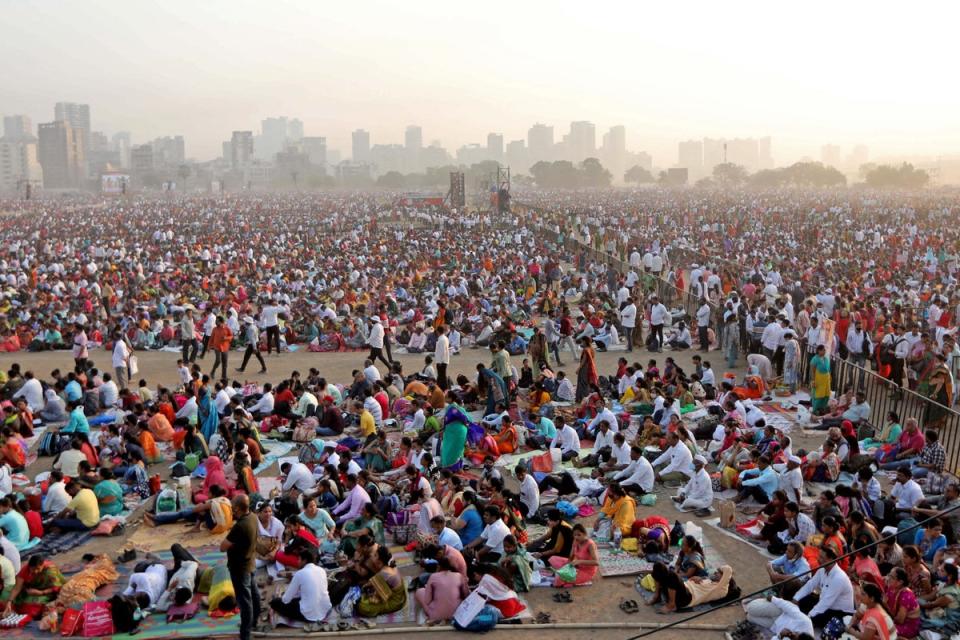Climate crisis made April’s heatwave across Asia 30 times more likely

The blistering heatwaves experienced in April across a dozen countries in Asia were made “at least 30 times more likely” due to human-caused climate crisis, a new study has found.
The analysis conducted by World Weather Attribution, an international team of climate scientists, was released on Wednesday and found the occurrence of such heatwaves is far more likely now than it would have been without global warming.
The researchers compared the current climate, with approximately 1.2C of global warming since the late 1800s, to the climate of the past using peer-reviewed methods.
The study focused on the record-breaking humid heatwave that struck over a dozen countries in Asia leaving one-third of the world’s population exposed to early extreme temperatures.
In April, countries like India, Bangladesh, Thailand, and Laos, experienced scorching temperatures that shattered previous records. Western provinces of Thailand recorded a sweltering 44.6 degrees Celsius, while Laos broke its all-time high-temperature record for two consecutive days.
Bangladesh experienced its highest temperature in six decades, reaching 40.6C. The country was compelled to implement power cuts to manage soaring demand during Ramadan festivities.
The scientists combined weather data and computer model simulations, to quantify the impact of climate crisis on the Asian heatwave. They focused on four countries, Bangladesh, Thailand, Laos and eastern and southern parts of India where heat combined with humidity raised concerns.
As a result of this heatwave, hospitals were inundated with cases of heat-related illnesses in Thailand, roads suffered damage, fires ravaged communities, and schools were forced to close.
However, while the full extent of the heatwave's toll on human lives is still unknown, at least 13 deaths were recorded in western India after an open air award event turned deadly. While at least two deaths have been reported in Thailand.
Also read: Awards ceremony turns to tragedy in India as 11 die and hundreds hospitalised with heatstroke
The study’s findings revealed that the manmade climate crisis has made such heatwaves at least 30 times more likely.
In Bangladesh and India, events like the recent humid heatwave used to occur less than once a century on average; they can now be expected around once in five years.
If temperatures rise by 2C, which could happen within approximately 30 years if emissions are not rapidly reduced, these extreme heat events will occur, on average, at least once every two years.
In Laos and Thailand, scientists found that an event like the recent humid heatwave would have been nearly impossible without the impact of the climate crisis.
Currently, it is still a very unusual event that can only be expected around once in 200 years, even with the influence of human-caused climate change. However, if temperatures rise by 2C, it will become much more common, occurring about once in 20 years.
The report noted that the vulnerability of the region is further exacerbated by the heatwave’s impact, and calls for urgent need for effective heat action plans.
“We see again and again that climate change dramatically increases the frequency and intensity of heatwaves, one of the deadliest weather events there are,” says professor Friederike Otto, a senior lecturer in climate science at the Grantham Institute.
“Still, heat action plans are only being introduced very slowly across the globe. They need to be an absolute priority adaptation action everywhere, but in particular in places where high humidity enhances the impacts of heatwaves.”

While many countries such as India have heat action plans in place, their effectiveness compared to the increasing severity of heatwaves has been under question for a long time.
A recent study by the Centre for Policy Research (CPR) found India’s heat action plans are not just “insufficient” to cope with the rising heat, but are also poorly funded and have a weak legal framework.
Scinetists from WWA also echoed the importance of more robust heat action plans that are inclusive and comprehensive in taking vulnerabilities of various sections into consideration.
“This [heatwaves] is another disaster that highlights the need to reduce vulnerability and think deeper about the limits to adaptation,” says Emmanuel Raju, director of Copenhagen Centre for Disaster Research. “As it often happens, marginalised people are the worst affected.”
“Many of them are still recovering from the pandemic, and from past heatwaves and cyclones, which leaves them trapped in a vicious cycle. It is fundamental to implement comprehensive measures to ensure their protection.”
Dr Chandra Sekhar Bahinipati from the Indian Institute of Technology also emphasised the need for a deeper understanding of heatwaves.
“There is a lack of knowledge with respect to who is vulnerable, loss and damage estimation, household coping mechanisms, and the most effective heat action plans.”
Heatwave solutions must consider the inequalities and vulnerabilities that exist within communities, scientists from WWA said.
Scientists from WWA also recently analysed the heatwaves that gripped Southern Europe and Northern Africa, where the event was found to “statistically impossible” in the absence of human-induced global warming.
The scorching heatwaves in India and Pakistan in 2022, that shattered several records and devastated key crops in India leading to a ban on wheat imports, were also found to be made “30 times more likely” due to climate crisis.

 Yahoo News
Yahoo News 
